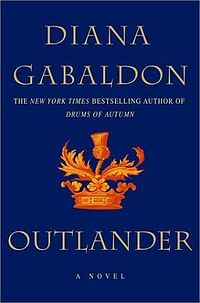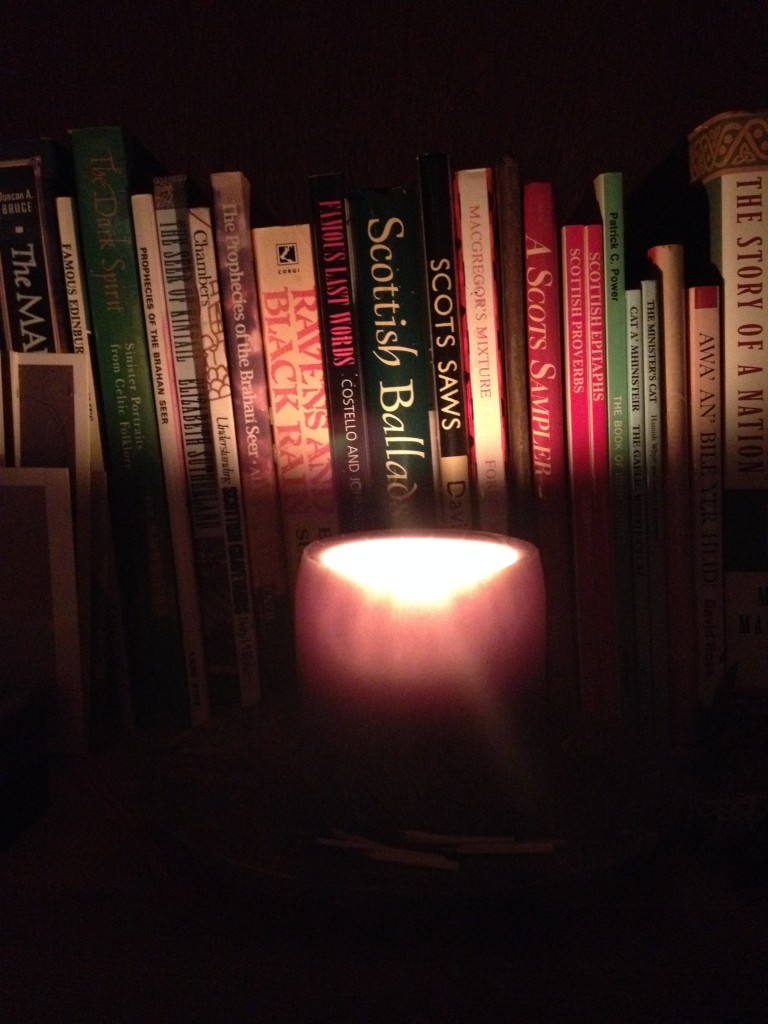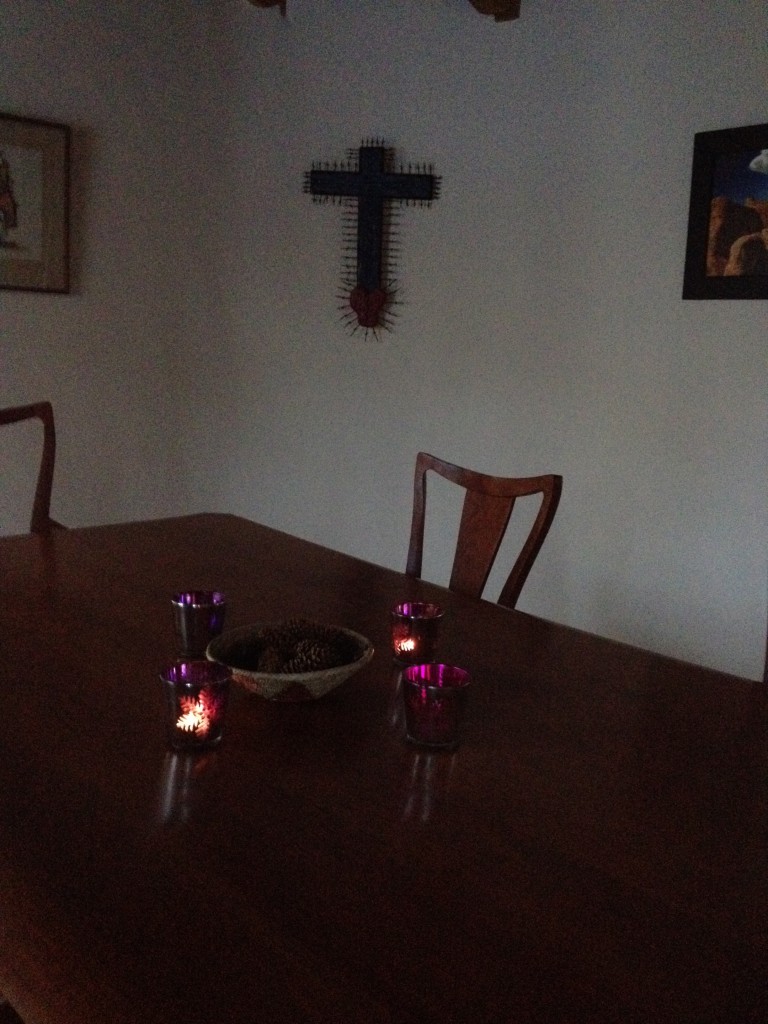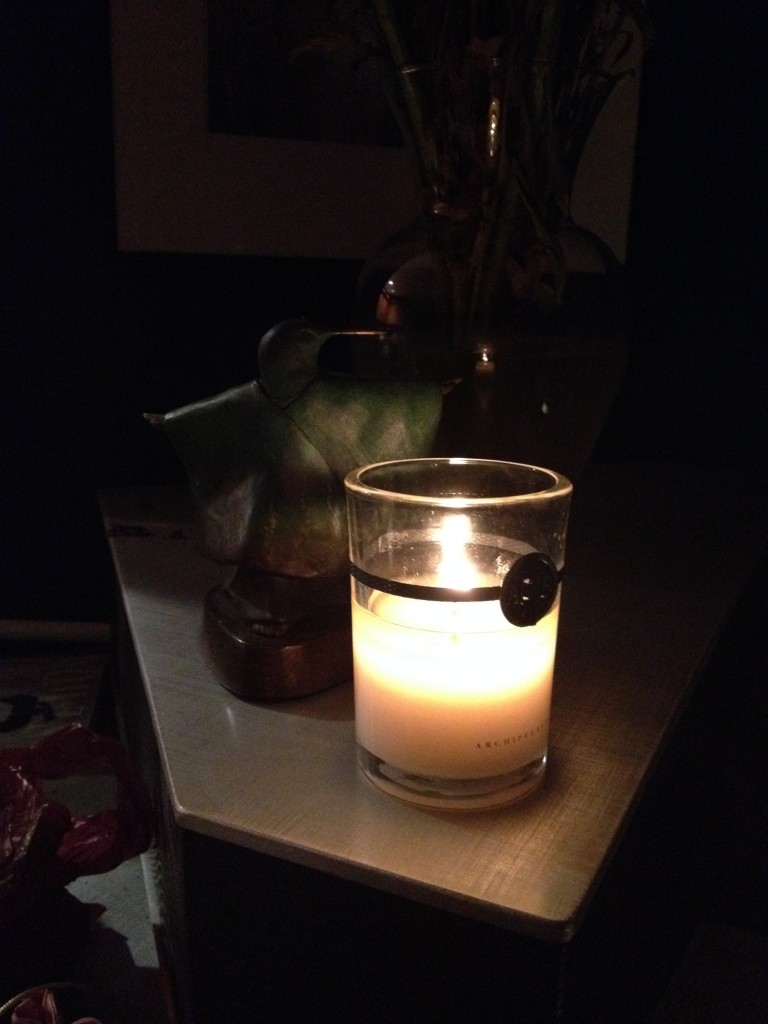I get the occasional question as to how I came to write OUTLANDER, and given that today is the 26th anniversary of my doing so, thought I’d maybe post this explanatory message—which I wrote a few years ago in thanks to the Compuserve folk who Witnessed the Creation
Dear All–
On March 6, 1988, I started writing a novel. I wasn’t going to tell anyone what I was doing, let alone ever try to publish it. I just wanted to learn how to write a novel, and had concluded—having written All Kinds of nonfiction at that point—that the only way to do that was actually to write one. (I was not, btw, wrong in this assumption.)
Now, as a (rather convoluted) side-effect of my day-job, I’d become an “expert” in scientific computation (really easy to be an expert, if there are only six people in the world who do what you do, and that was my position, back in the early ’80′s), and as an even weirder side-effect of that, I became a member of the Compuserve Books and Writers Community (then called the Literary Forum), somewhere in late 1986.
Well, when I decided to learn to write a novel by writing one, I also decided a few other things:
1) I wouldn’t tell anyone what I was doing. Aside from the feeling of sheer effrontery involved in doing so, I didn’t want a lot of people telling me their opinions of what I should be doing, before I’d had a chance to figure things out for myself (as I said, I’d written a lot of non-fiction to this point, and nobody told me how). Also didn’t want a lot of busybodies (in my personal life) putting in their two cents, asking when I’d be done, and when it would be published, etc.—since I had no idea whether I could even finish a book.
2) I would finish the book.
3) I’d do the absolute best that I could with the writing, every day. Even though this was a practice book that I’d never show anybody, it didn’t matter. If I wasn’t trying my best, how would I ever know if I was any good, and more importantly, how would I get better?
(In this regard, I had some evidence to go on. I’ve read all my life—hugely—and noticed that in most cases, while I’d enjoy all of an author’s books, including the first one, the books got noticeably better as the writer kept on writing. So, I concluded, with perfect logic, writing was like ballet dancing or piano-playing; if you practiced, you got better at it. I was not wrong in this conclusion, either.)
So, anyway, the book I wrote for practice was OUTLANDER, and here we are, 26 years and (almost) 14 books later.
How did that work, since I’d decided not to tell anybody what I was doing? Well, I stuck to that decision (I didn’t even tell my husband), but about six months into the writing, I was logging on intermittently late at night, picking up messages and posting replies—and found that I was having a argument with a gentleman (named Bill Garland, RIP) about what it feels like to be pregnant.
“Oh, I know what that feels like,” Bill assured me. “My wife’s had three children!” [pause here to allow the ladies to roll on the floor for a moment]
“Yeah, right,” I said. “_I’ve_ had three children, buster.”
So he asked me to describe what that was like.
Rather than try to cram such a description into a thirty-line message slot (all we had back in the old 300-baud dial-up days), I said, “Tell you what—I have this…piece…in which a young woman tells her brother what it’s like to be pregnant. I’ll put it in the data library for you.”
So—with trembling hands and pounding heart—I posted a small chunk (three or four pages, as I recall) of the book I was calling CROSS STITCH. And people liked it. They commented on it. They wanted to see more!
Aside from a few private moments associated with my husband and the birth of my children, this was the most ecstatic experience I’d ever had. And so, still trembling every time I posted something, I—very slowly—began to put up more.
Now, I don’t write with an outline, and I don’t write in a straight line, so my chunks weren’t chapters, weren’t contiguous, and generally weren’t connected to anything else. But they did have the same characters
There were (and are) a lot of very kind and encouraging people who inhabited the Forum—some of them still there: Alex, Janet, Margaret, Marte… and many who aren’t, like Karen Pershing and John Kruszka (RIP), Mac Beckett, Michael Lee West–and Jerry O’Neill, whom I count as my First Fan and head cheerleader; always there to read what I posted and say the most wonderful things about it, one of the kindest people I’ve ever known.
So, over the course of the next year or so, these people kept egging me on.
*(Just to clarify—these were not critiques, just interested comments. I’ve never had a critique group nor ever would; nothing against them at all—I just don’t work that way. But regardless, I’d never put up _anything_ for public viewing that I didn’t think was completely ready for human consumption.)
Some of these people were published authors themselves and very kindly shared their own stories, and advice regarding literary agents and the publishing process (thank you, Mike Resnick, and Judy McNaught!), and in the fullness of time, John Stith very kindly introduced me to his own agent—who took me on, on the basis of an unfinished first novel. And…I finished it, to the supportive cheers of the Forum. A couple of weeks later, my agent sold it, as part of a three-book contract, to Delacorte, and bing!—I was a novelist.
Not saying I’d never have written a book without y’all—but man, you guys _helped_. Thank you!
–Diana






